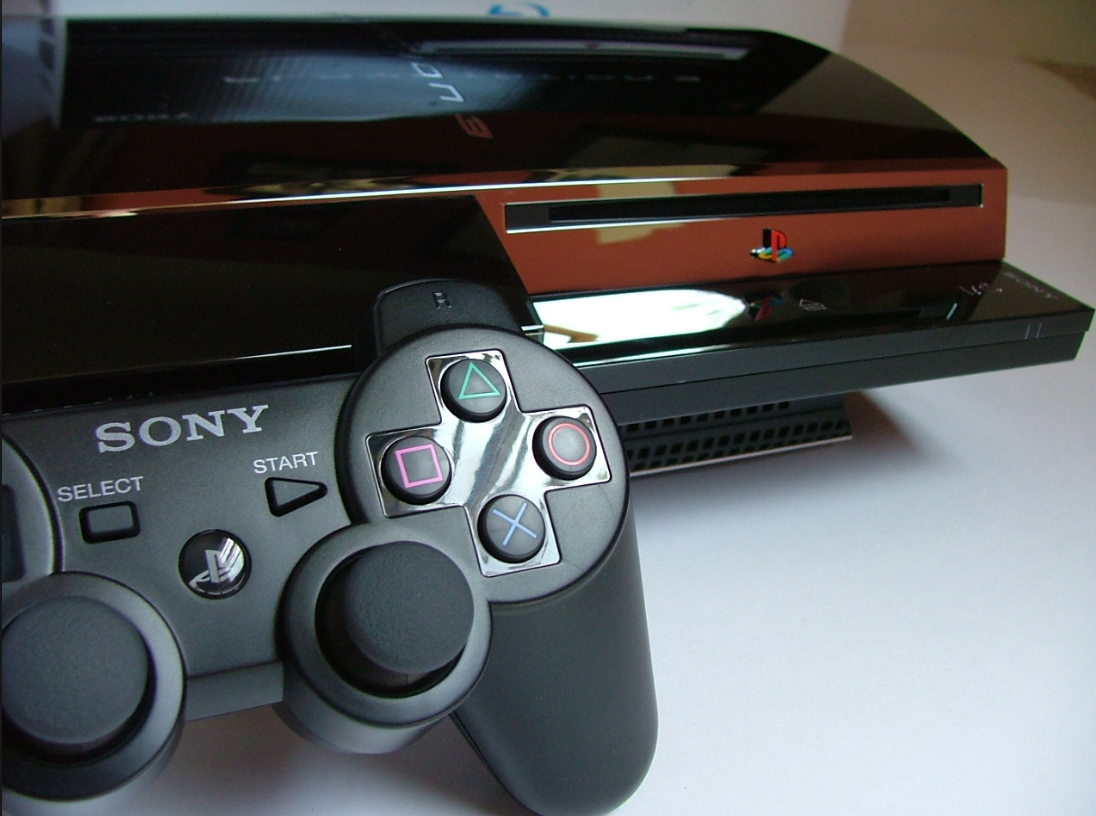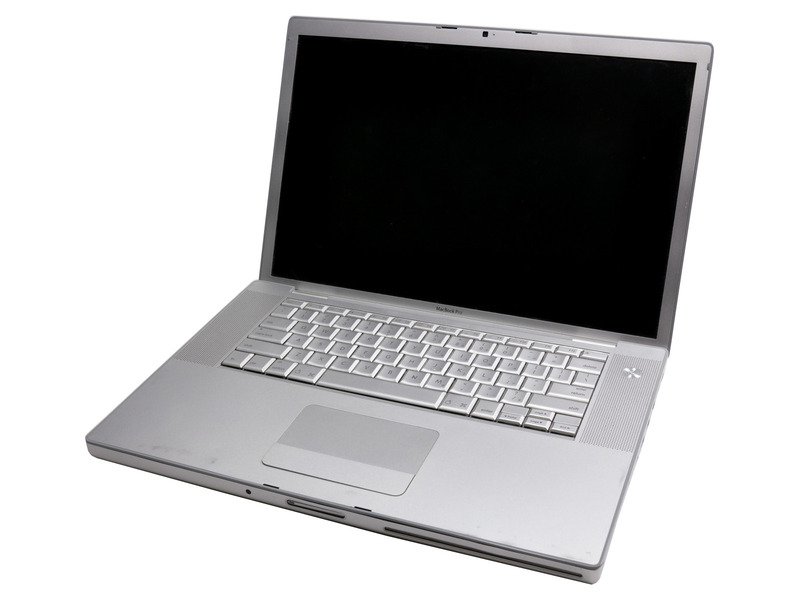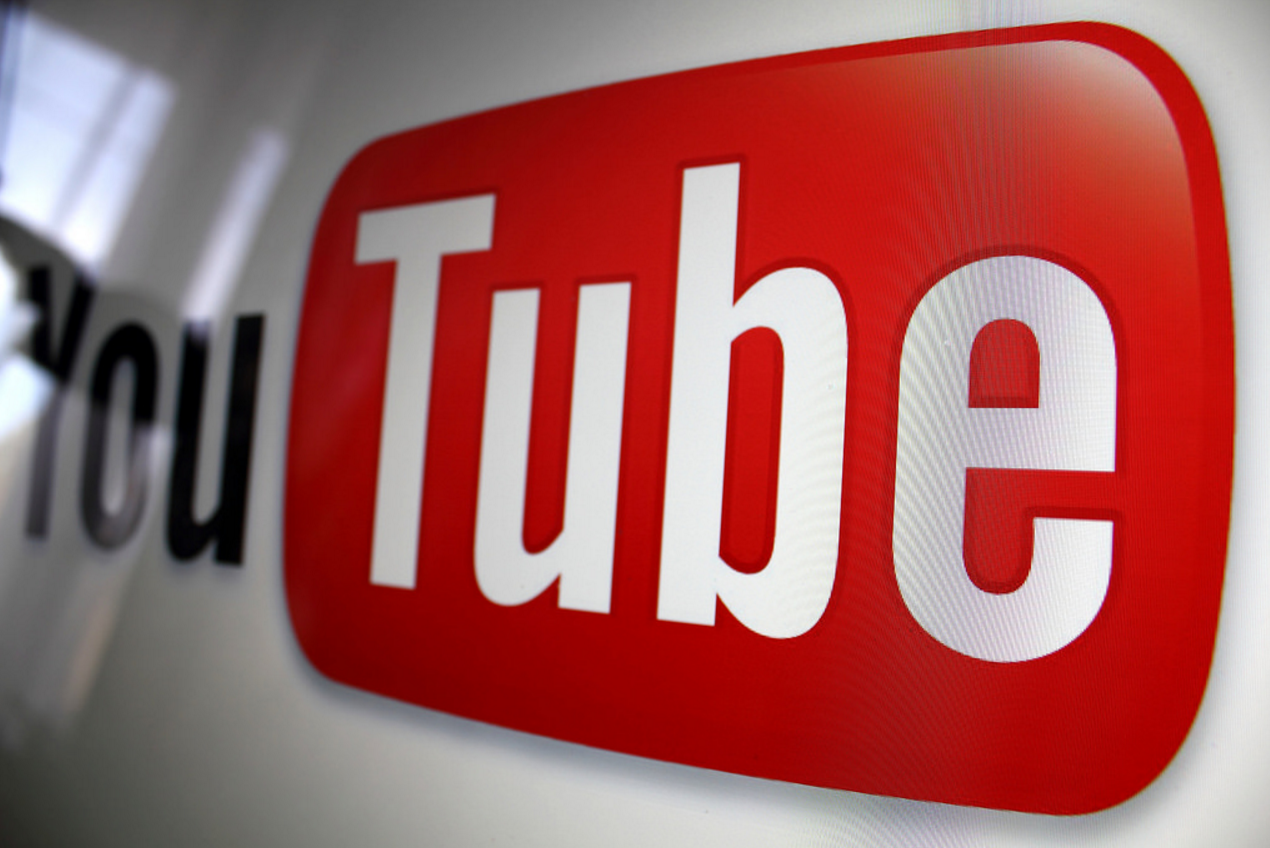2006: A Look Back at the Biggest Tech from 10 Years Ago

The more things change, the more they stay the same is a fine way to look back at the rapidly developing technological world. Ten years ago, the landscape was significantly different than it is now, but in a way, it set us up perfectly for how things are in 2016.
We take a look back at 10 of the biggest tech trends and developments from 2006, and track how different things once were.
Modern social media was born

We certainly had social media before 2006, but this was the year we can look back and see the birth of the social media platforms we’ve been using ever since. In 2006, Facebook opened up its social network to the world. No longer did you need to be a student at a specific University, anyone over the age of 13 could sign up with a valid email address.
That led to an increasingly substantial number of users. At the end of 2006, 12 million people had an account, with that number increasing to 50 million by October 2007;. 1.59 billion users now access the site each month, cementing Facebook’s place as the biggest social network out there. Such success even led to a movie being made about its creation—The Social Network— winning 3 Academy Awards in 2011.
Described as the ‘SMS of the internet’, Twitter was launched in July 2006. With its focus on short messages that could be exchanged openly between users, it was a far cry from Facebook’s more all-round approach.
It wasn’t until 2008 that Twitter truly saw significant growth. It went from having 400,000 tweets posted per quarter in 2007 to 100 million in that same period of time in 2008. Boasting 310 million active users, about 500 million tweets are sent every day; with that number increasing significantly during key world events.
The pieces set for the current console war

Today we’re familiar with things like motion controls and HD technology, but before 2006, competition in the video game console world looked very different.
-

-

-

-

-

-

-

-

-

-

-

-

-

-

-

-

-

-

-

-

-

-

-

-

-

-

-

-

-

-

-

-

-

-

-

-

-

-

-

-














































